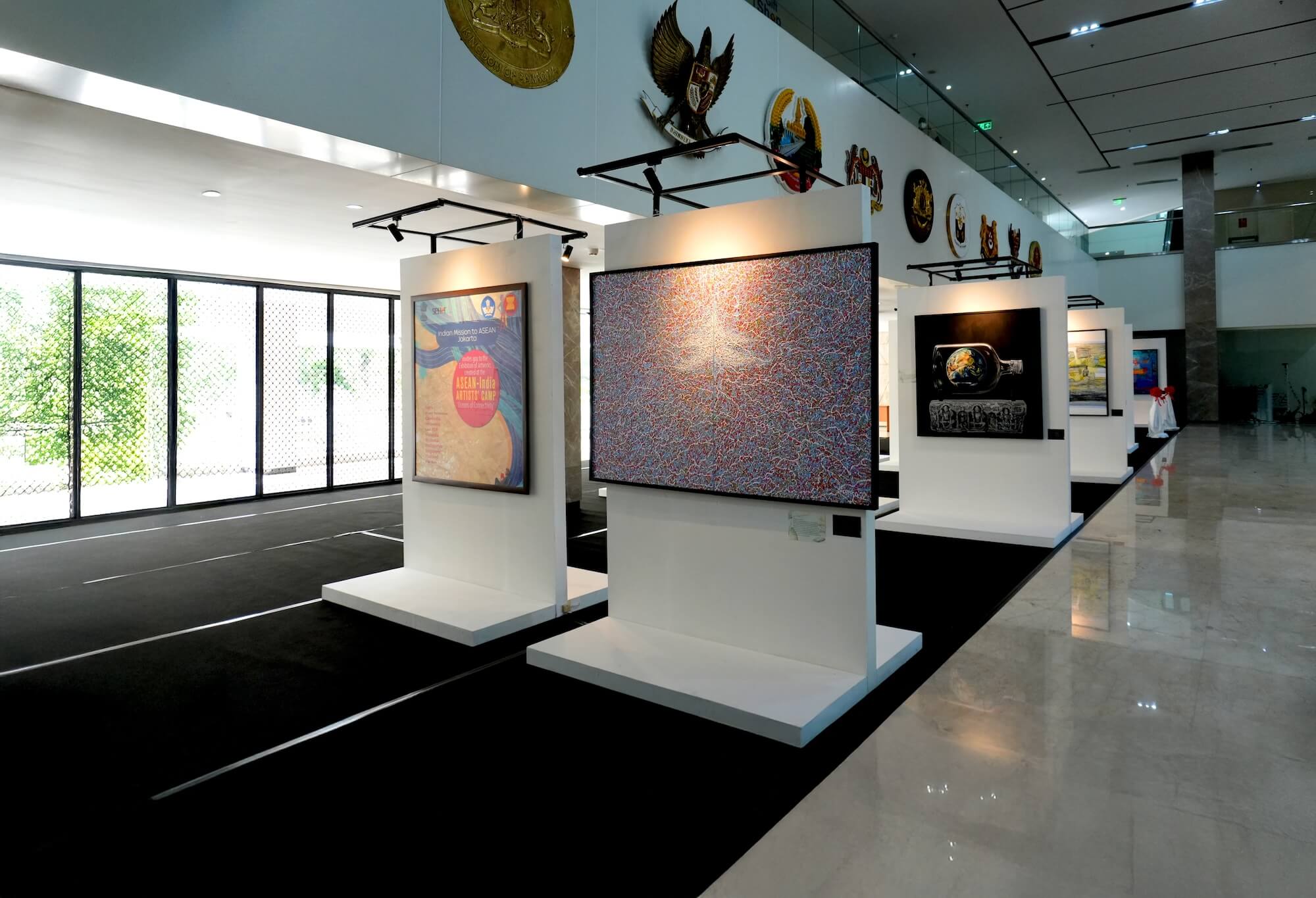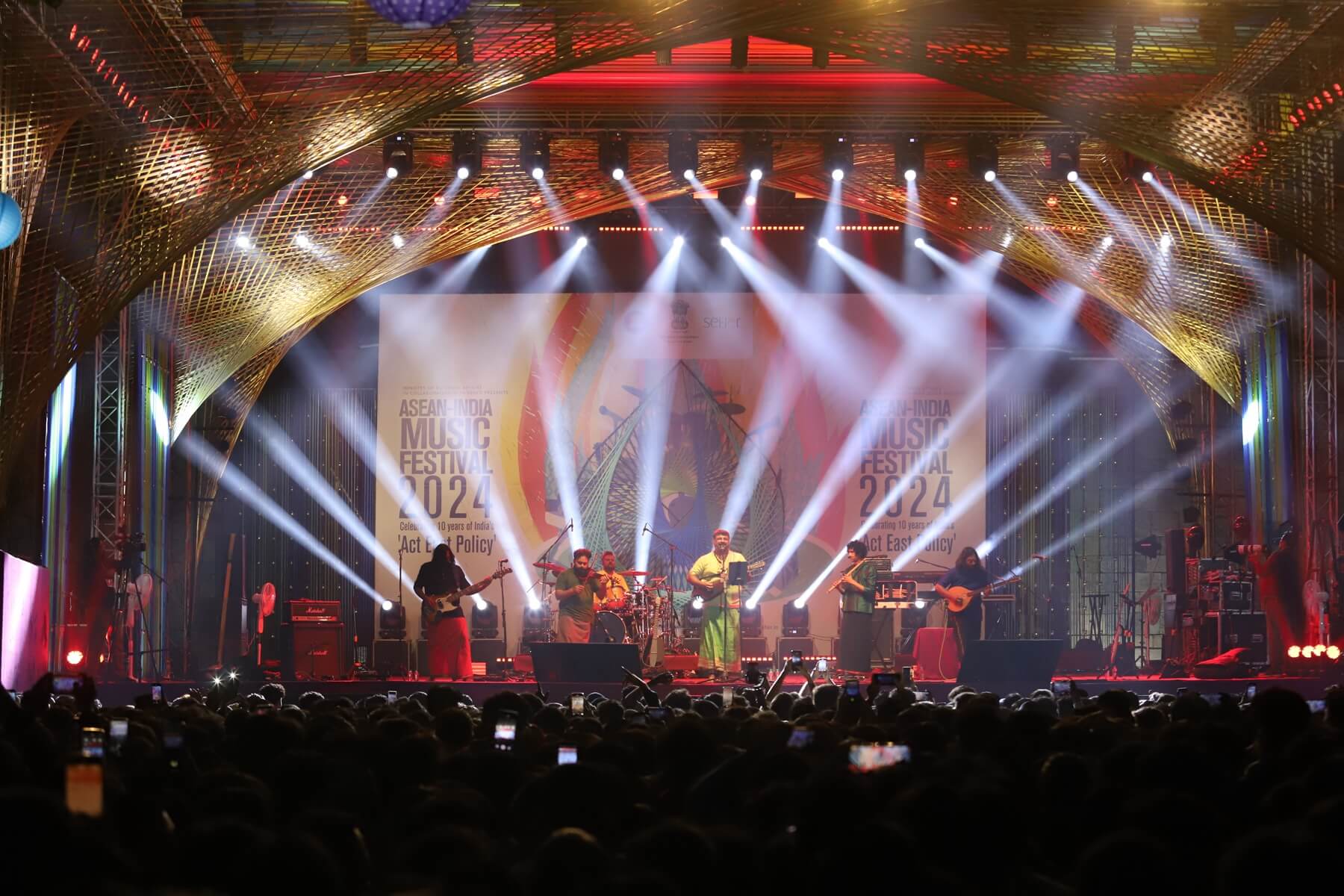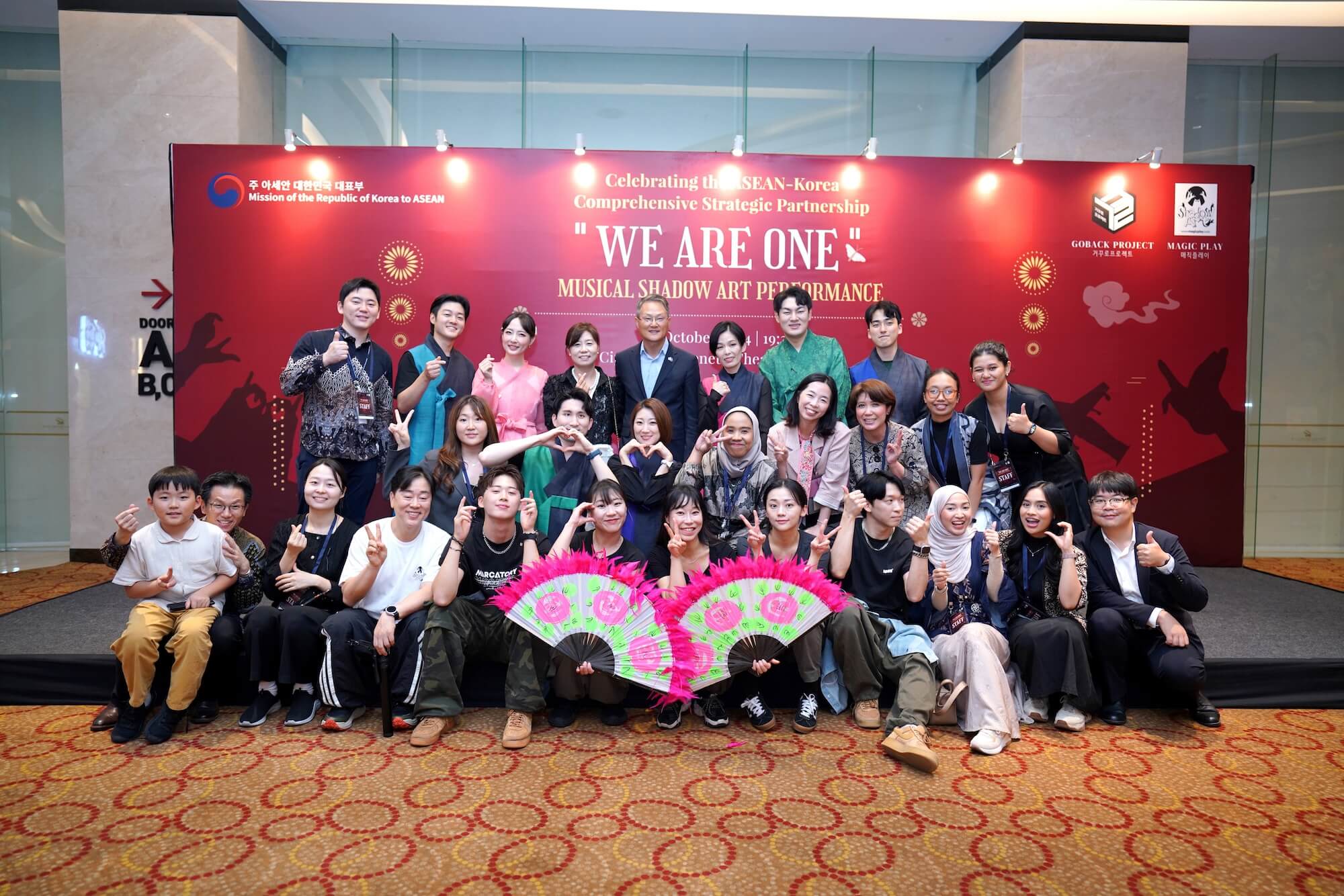




For many of us who have yet to see Picasso’s Guernica, Yayoi Kusama’s Infinity Mirror Rooms, or any of the other celebrated masterpieces up close, they are now within our reach. More art museums and galleries are migrating their collection into the digital realm, the shift primarily driven by the ubiquity of digital technology and accelerated by the COVID-19 crisis.
Google has partnered with at least 2,000 museums, galleries, and archives to produce high-resolution images of artworks and cultural artefacts. These are currently showcased in virtual galleries hosted by the Google Arts and Culture platform.
Other museums and galleries, including the likes of Louvre Museum and The Met, have independently developed virtual tours that allow viewers to simulate the experience of strolling through an actual exhibit area, complete with a 360-degree view of the space and close-up view of the art exhibits.
In 2020, another technological milestone was reached with the launch of the Virtual Online Museum of Art, the world’s f irst digitally built museum. The stunning architecture, interiors, and waterfront view of the museum were developed using CGI and virtual reality gaming technology, creating a lifelike environment for the viewers. The artworks that adorn the museum’s virtual walls are 3D reproductions of art pieces that can be examined at close range and different angles through the site’s interactive features.
With all these developments, are traditional museums and galleries quickly becoming a thing of the past? Is the future of museums and galleries digital?
The ASEAN sat down with Aaron Seeto, director of the Museum of Modern and Contemporary Arts in Nusantara (Museum MACAN), and Osveanne Osman, manager and curator of Creative Space Brunei to get their take on the value of traditional “physical” museums and galleries in the face of the ongoing digital transformation and the role that new technology plays in their institution’s mission and operations.
Spaces for Learning and Interaction
Museum MACAN’s Aaron Seeto believes that museums are here to stay because people have an inherent need to come together to share an experience and have meaningful conversations about art. “You have to dig deep into your own psychology right now. You probably really want to be in a space that’s not your office because we are social animals,” he says.
Moreover, he reminds us that museums are no longer the cold and dusty places of old, but have evolved to become spaces of learning for people of all ages and backgrounds—the very idea that fomented the rise of modern museums in the 20th century.
“One (of Museum MACAN’s missions) is to have an international-standard museum facility in Indonesia for the Indonesian public to engage with and contemplate art, (but) the second part of our mission is about supporting art education and art appreciation,” he says.
A physical structure helps the museum achieve these goals. “We sponsor kids to come into the museum. We also run teacher workshops a couple of times a year,” he says. One of the museum’s f lagship projects, Aaron notes, is “Children’s Art Space,” which commissions artists to create thought-provoking art installations that are not just meant to be looked at, but are also designed for children, parents and teachers to explore, play with, and learn from.
Osveanne Osman of Creative Space Brunei agrees that art galleries provide a multi-sensorial experience that cannot be fully replicated by an augmented or virtual reality. “I think the physical is worth more than the metaverse no matter what endless possibilities it offers,” she says.
She says that the gallery harbors a similar aspiration of educating the public about the value of art, noting that the reception of art in Brunei Darussalam is not as strong as other places in the world. Osveanne says the gallery seeks to help Bruneians understand how art can enrich their life and teach them about the basics of art. “Our formal education does not cover those basics. Many of our artists are actually self-taught,” she says.
Hub for Artists, Art Professionals
Osveanne sees the gallery as a springboard to launch and nurture the careers of promising artists. She says Creative Space Brunei’s “Emerge” project features the works of these talented artists to give them exposure and networking opportunities. “We saw an influx of students who were graduating with art degrees but didn’t have a platform to be able to showcase or develop their practice and eventually make it into a career. I realised that they needed space to be able to do all of that,” she says.
Creative Space Brunei also throws a spotlight on never-before-seen works of veteran and expat artists through its “Rewind” project. Ultimately, the gallery aims to become the main stomping ground of the art community, where different generations of artists and their audiences can interact and form connections, Osveanne says.
But the gallery is not just a haven for artists. Creative Space Brunei is also a place where individuals can get practical, hands-on experience towards a career in museum or gallery management. Osveanne notes, “Throughout the year, we have an internship programme that lasts three to six months. They basically learn how to organise and produce these exhibitions. The internship programme is really about being able to train our workforce to understand that you don’t have to be an artist to work in the art world.”
Repositories of Shared Heritage and History
Traditional museums and galleries also house, protect, and preserve tangible artistic creations—which chronicle a nation’s history, cultural identity, and collective human experiences.
For Osveanne, researching, documenting, and preserving lost Bruneian artworks are an important part of Creative Space Brunei’s mission, to help shed light on Brunei Darussalam’s development as a nation. She notes, “One of our problems is that we have a poor recording system when it comes to Bruneian art. We have large gaps (to fill) to be able to understand what happened in different decades and centuries.”
Maintaining a Digital Footprint
While a traditional museum is necessary to give visitors an authentic experience, Aaron believes that museums also need to embrace the new communication platforms to draw a broader spectrum of audiences. He says the use of these platforms has been embedded into the strategy of Museum MACAN since it opened in 2017, in recognition of the young, diverse, and tech-savvy population of Indonesia. The museum currently maintains a website and has Instagram, Facebook, YouTube, and Twitter accounts followed by thousands.
Museum MACAN’s digital activities only escalated during the pandemic. “Our strategy was to look at the programmes we had offered in the preceding years, make sure that they are available online, and let the teachers and students know that they are available,” he says.
But not all activities are easy to replicate online. Aaron notes, “It took us a while longer to create hybrid exhibitions because to be honest, it’s not easy and it’s not inexpensive to shift digitally. It requires rethinking in terms of process; curators often think in exhibition terms. We think about audiences as physical, so we’ve really had to do a lot of internal thinking.”
Aaron says the digital platforms did not only keep the museum’s activities and services going, they were also useful in mobilising public support for artists who were struggling during the long pandemic lockdown. The museum’s online initiative, “Arisan Karya,” successfully raised funds to provide care packages for artists and develop online tutorials and resources.
The use of digital platforms was also part of Creative Space Brunei’s strategy from the beginning since they could bring so much mileage at little to no cost. Osveanne says, “Since we started in 2016, we’ve remained on digital platforms entirely to be able to reach out to our market. Instagram was our first platform. We also have other platforms like YouTube, Twitter, and WhatsApp.” Through these platforms, she says, the gallery was able to build its following so that when people think of Brunei art, it has become one of the first sites that people think of.
Brunei Darussalam’s relatively short pandemic lockdowns meant that Creative Space Brunei did not have to reconfigure its training packages into an online format, deferring them instead until the gallery could resume in-person classes. But, like Museum MACAN, the gallery used its online platform to sell merchandise and use the proceeds for charity and other gallery activities.
Bracing for a Hybrid Future
Investing in technology is one of the priorities of Creative Space Brunei going forward, says Osveanne. For example, the gallery plans to automate its booking and payment systems to facilitate transactions. It also plans to improve the interface of its online platforms for better user experience and interaction.
Aaron also expects Museum MACAN to expand and maximise its digital presence in the future. He says that hybrid offerings will likely occur, with the physical and online activities and events going hand-in-hand. He notes that while some practices (and artists) are suited to finite spaces, others only exist in the digital environment. “One thing that is going to happen or may already be happening is that there is much more experimentation in (art) form and content,” he says. “There may be a kind of transition in what we think a museum is.”
Osveanne and Aaron believe that ASEAN and national governments can help shape the future of art museums and galleries, physical and virtual alike.
Osveanne says that supporting the establishment of a national art award in Brunei Darussalam will elevate the stature of the arts and artists in the country. “We need to have that sort of standard and gravitas for our artists to be able to put in their bio and for our international market to see that our artists are nationally recognised. That builds our artists’ credibility,” she explains.
She also says that more culture and arts exchanges are needed to benefit the arts sector in the region. “There is so much similarity that can help us rediscover how we used to do art, (and) provide better insights into our history and designs,” Osveanne says.
For his part, Aaron says museums stand to benefit from partnerships with organisations like ASEAN, which has a broader geographic reach and perspective. He cites a previous collaboration with KONNECT ASEAN, “Stories Across Rising Lands,” as an example. ASEAN can bring together a community of creative people, he notes.








